Panier
Close
- No products in the cart.
Sous total (Hors frais de livraison)
0,00€
Payer
Expédition et livraison
Réparation et maintenance
Did you know that in a wing, to set up your foil properly and sail comfortably, you mustn’t neglect your mast? Yes, we’re talking about the mast under the board. The size and setting of the mast take into account your level, wind conditions and wave conditions, depending on the session planned… As well as having, of course, the right fuselage and foil wings.
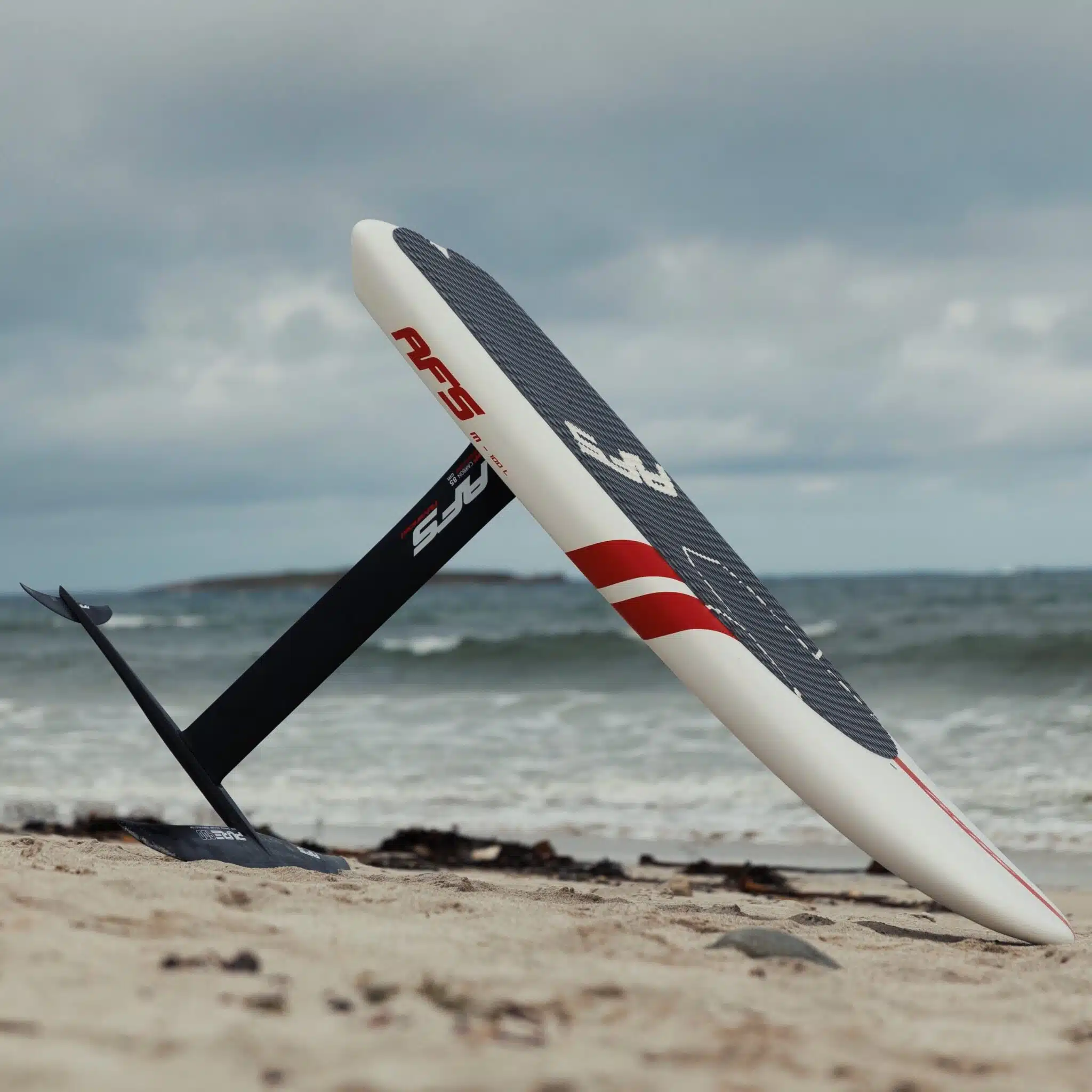
Just starting out? Choose a short mast of around 70 cm. This allows you to stay closer to the water and not climb too high all at once. This makes the first flights less intimidating. A short mast also improves stability and eases take-off, especially in light wind conditions or on a spot with little chop. This mast length helps you feel your first glides without having to deal with an overly technical foil.
Are you an experienced rider? Sail with a longer mast, from 80 to 90 cm, or even more, depending on the discipline (waves, swell, speed, freeride, strong wind, light wind). A mast of at least 80 cm offers greater control in wave conditions and makes full use of the foil’s lift. With a longer mast, the board is less affected by chop, which improves stability when going fast.
Other wingfoil mast materials include high-modulus and ultra-high-modulus carbon, HR carbon, and pre-impregnated carbon. It’s up to you to choose the one best suited to your skills. These are thinner and offer better performance… Especially with more experience!
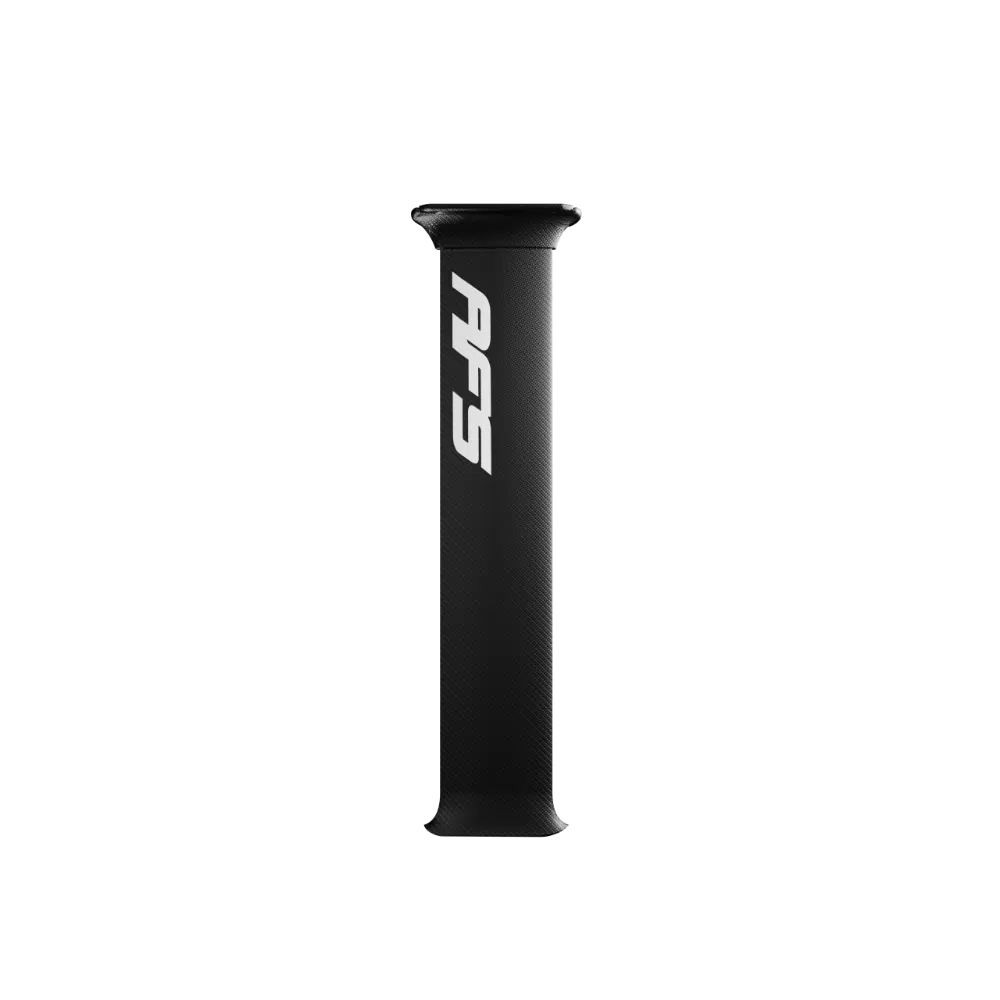
For light wind conditions and calm water, a short mast (70 – 75 cm) is all you need to enjoy yourself and fly comfortably. You’ll get off the ground faster and more easily if you’re just starting out in wingfoil, especially with a large front foil surface area. What’s more, if the water is shallow for the first few meters, a short mast minimizes the risk of hitting the bottom quickly and ensures greater stability. Ideal for cool freeride sessions.
On the other hand, in strong winds and pronounced swells, a long mast (85 to 90 cm) is highly recommended. It allows you to ride the waves better, staying above the chop and foam. As a result, there’s less risk of touching the surface of the water. This mast length is particularly useful for advanced surfers looking for a stronger wing sensation, such as free-flying, i.e. surfing the swell and making long curves in the trough of offshore waves. On the other hand, this type of mast reduces drag (so you go faster) and improves foil lift when the wind is a bit rough. The long mast offers greater stability in these conditions, especially if you use a carbon foil mast.
If you like speed and your favorite spot is more or less flat, 100 cm minimum is the mast length you need. The slightest chop won’t bother you, and you’ll find it easier to angle upwind. This means you can lean your body further aft, which is called counter-heeling. And push harder on the rear leg without the foil coming completely out of the water… so you don’t stall.
As for surf foil (wingfoil in waves that break this time, not the swell), opt for a fairly short mast to lower your center of gravity. Ideally, a length of around 65-70 cm is the best way to start surfing beachside waves. As you gain experience, you can gradually increase the size of the mast. The higher you are on a rolling wave, the more complicated it will be to manage the board’s trim.
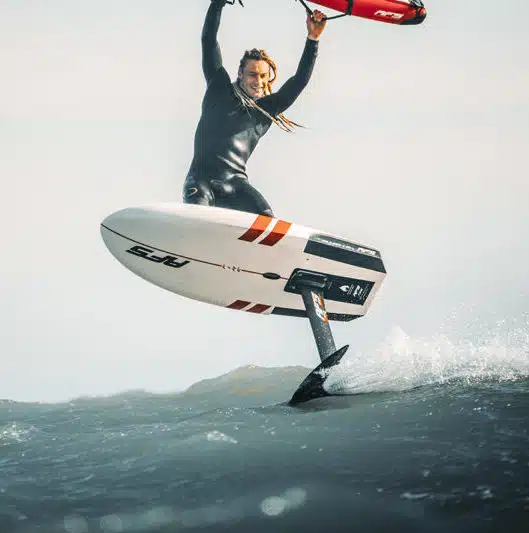
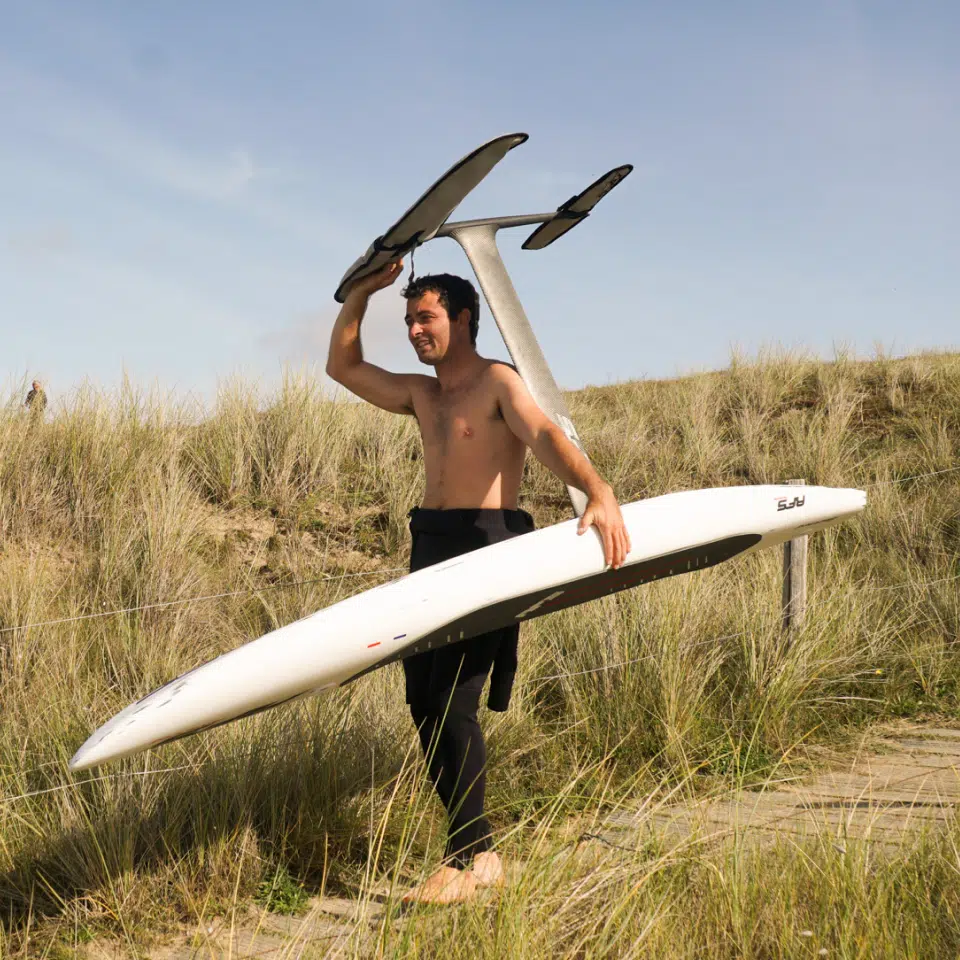
High aspect foils have a wider span and a thinner profile (we’re talking about the front wing), which helps reduce drag. This type of foil is ideal for freeride and free-fly sessions, and for overtaking all your buddies at speed. But it does require a certain level of technique.
When setting up your mast, and therefore your foil, certain mistakes can slow your progress. But as wingfoil should remain above all a pleasure, here are a few tips to avoid this.
First of all, the wrong mast position can make wing foiling more complicated. As a beginner, it’s tempting to place the foil too far forward or too far back under the board. A foil too far forward limits maneuverability, while a foil too far back makes take-off more difficult. If you’re not sure, place the mast in the center of the double US BOX, slightly forward.
Another common mistake is to choose a foil with too high an aspect ratio. In other words, a very wide and very thin front wing. You’ll get more lift, but less stability.
And last but not least, mast size! There’s no point in trying to progress too quickly. It’s better to start with a small foil mast than to say to yourself “I’ll buy an 85 or 90 cm mast, so I won’t have to change when I can sail a wing! On the contrary, you’ll end up struggling for longer. Between 70 and 80 cm is more than enough.
Click & Collect
Secure payment in 3 or 4 instalments
Advice from enthusiasts
Satisfied or your money back
2 to 3 years warranty
Worldwide delivery
Votre emplacement actuel et les langues disponibles
Your current location and available languages
Build your complete foil equipment according to your practice and objectives.
Answer a few quick questions and get a suggestion.
Compare up to three stabilizers side by side.
Coming soon...
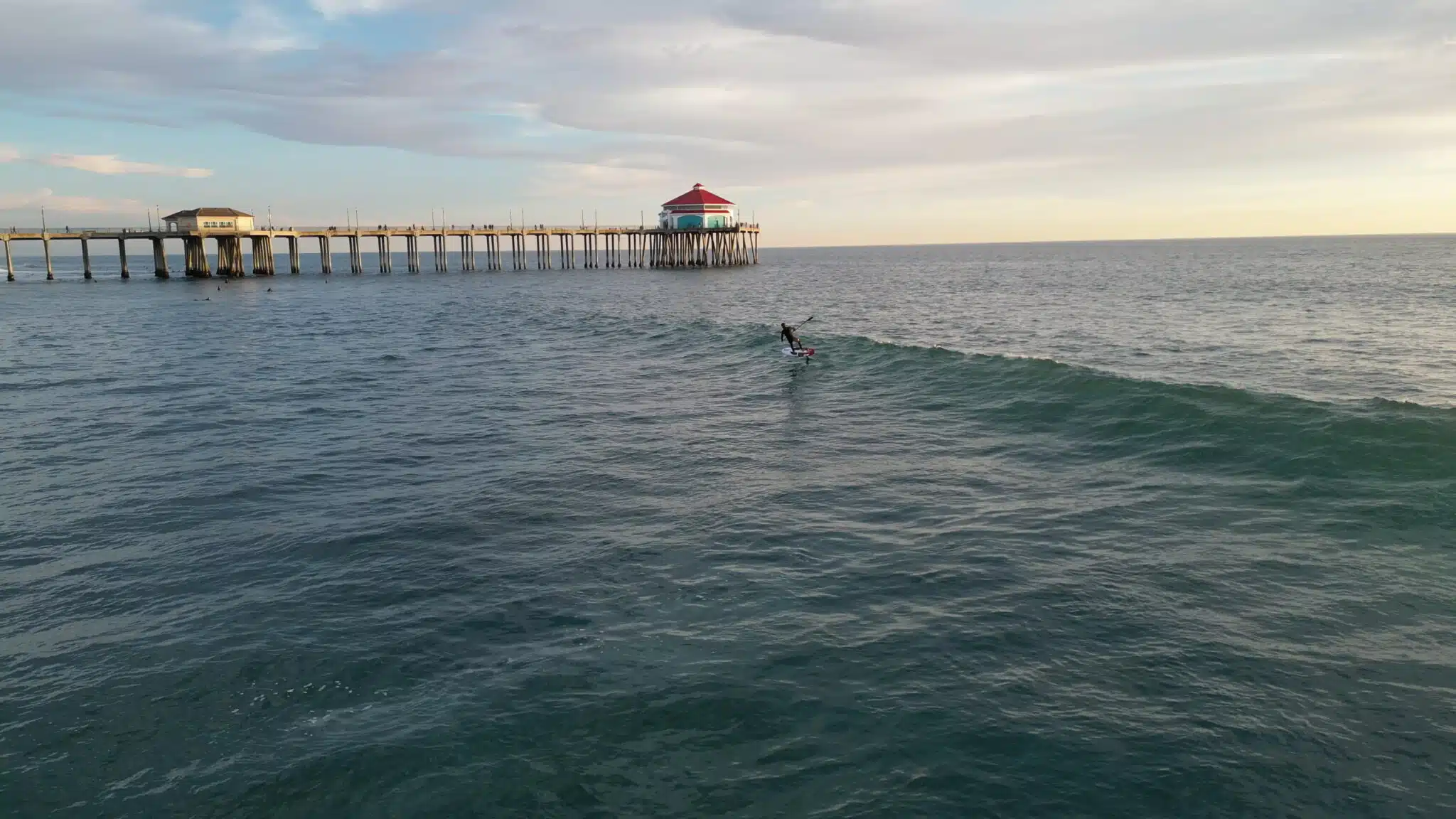
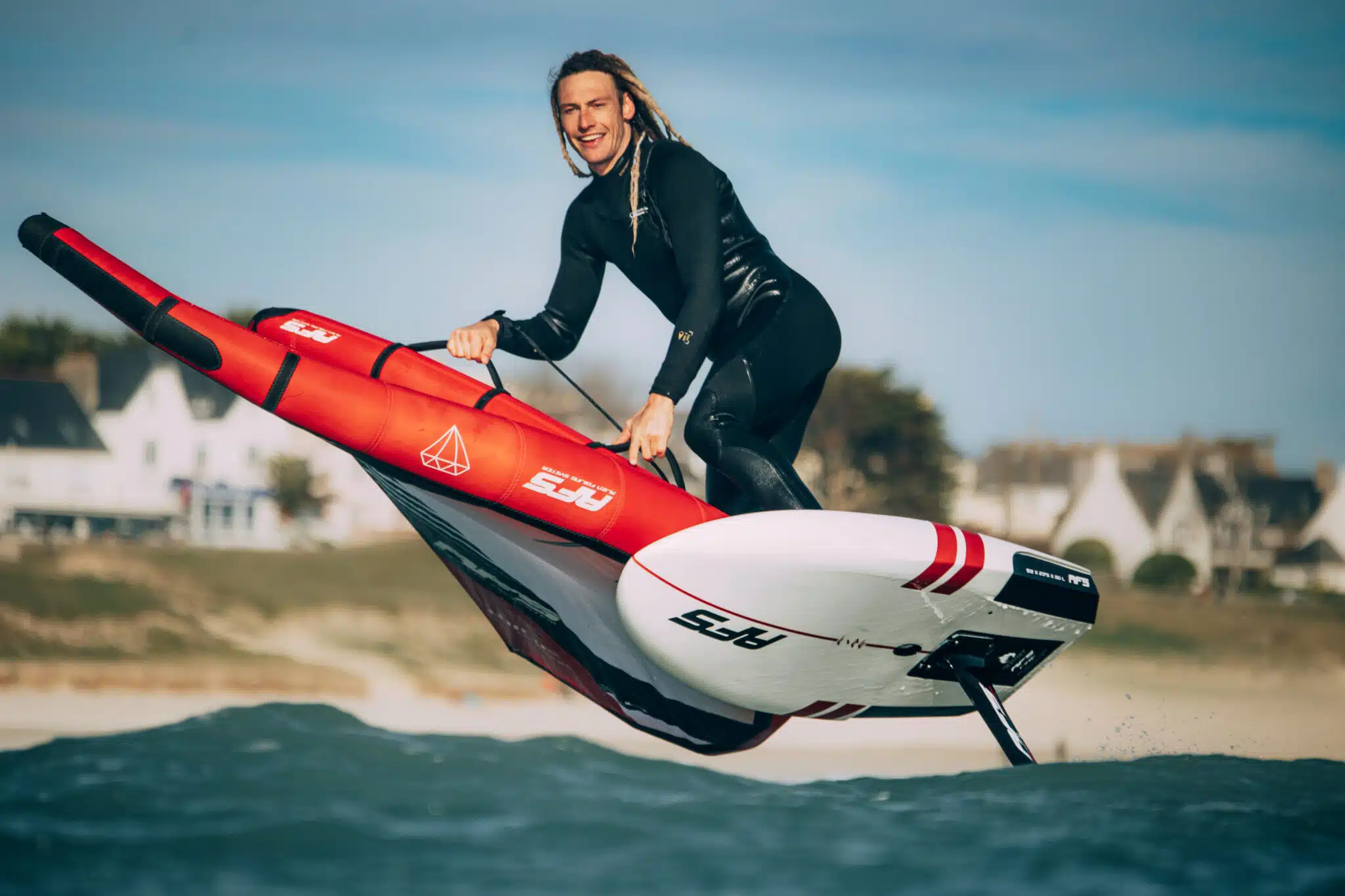

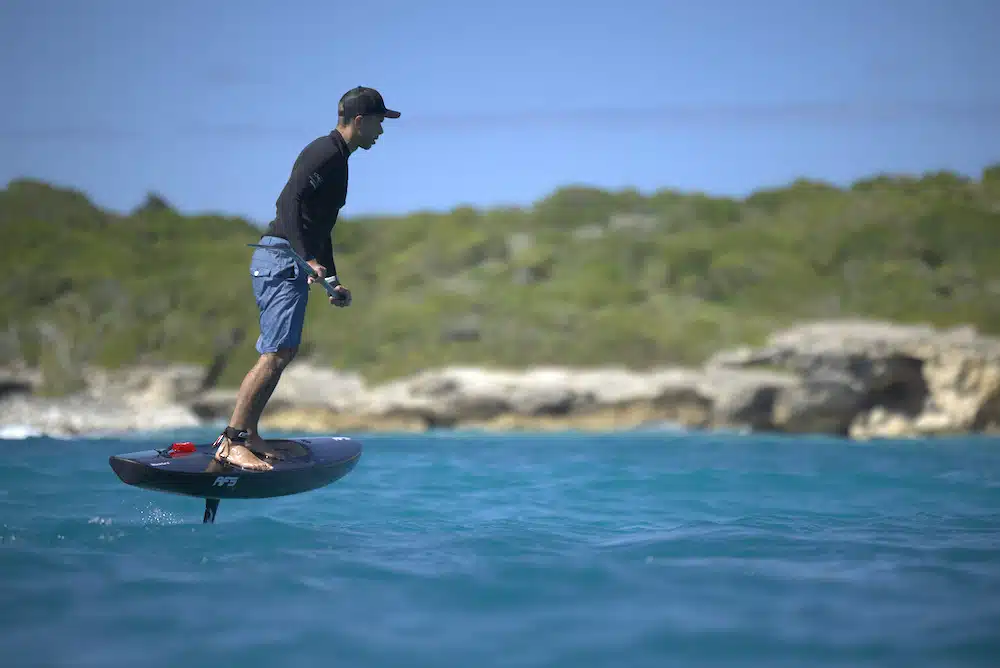
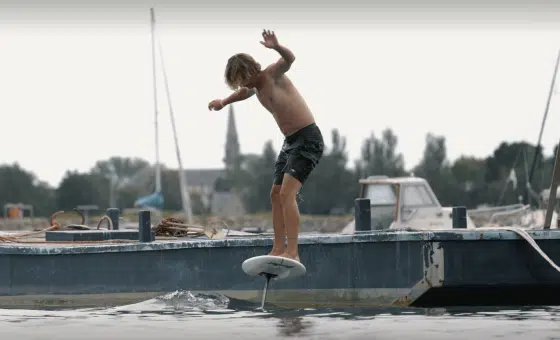
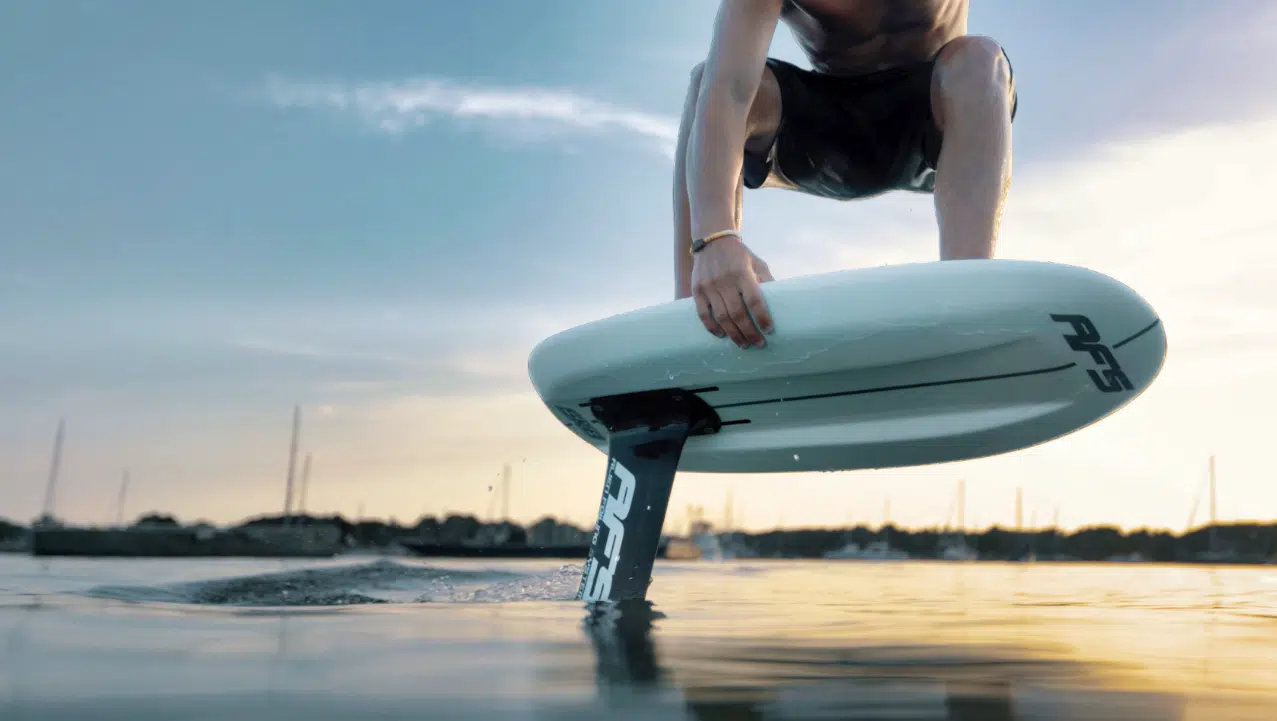
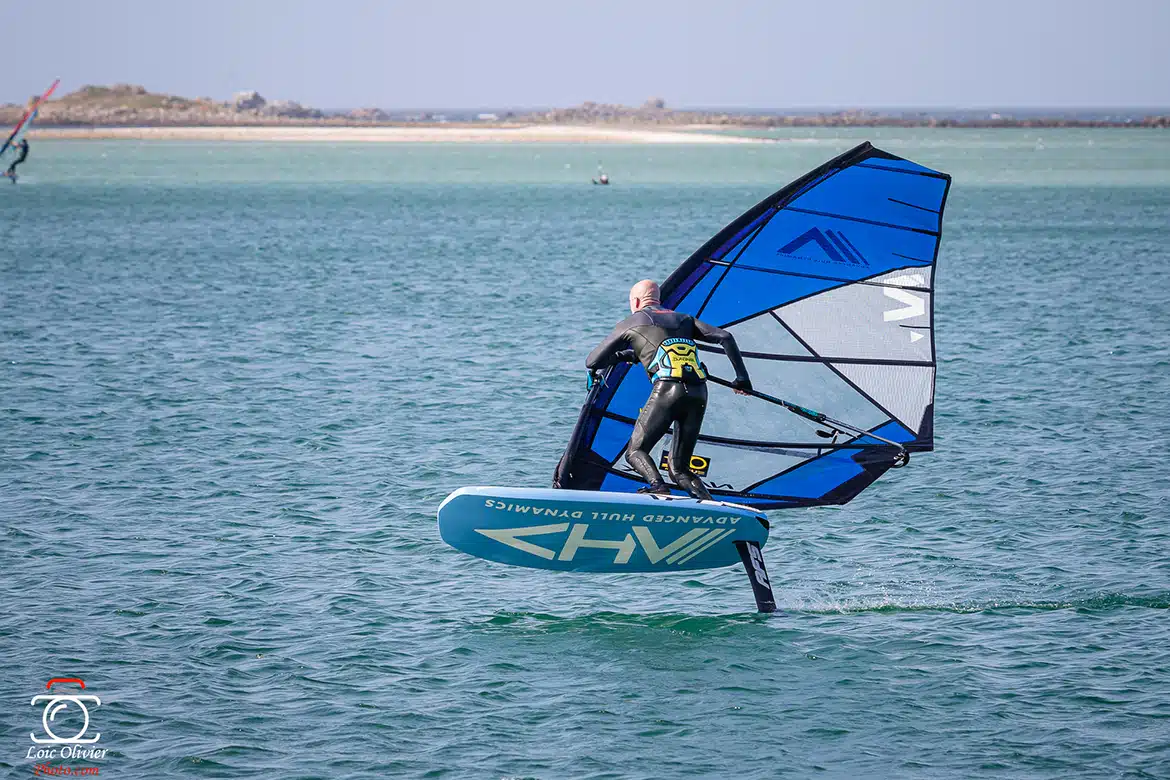
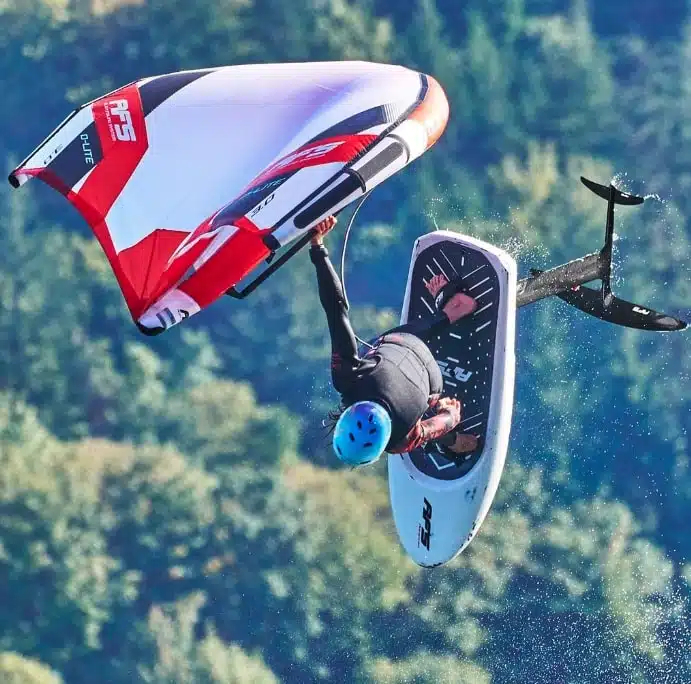
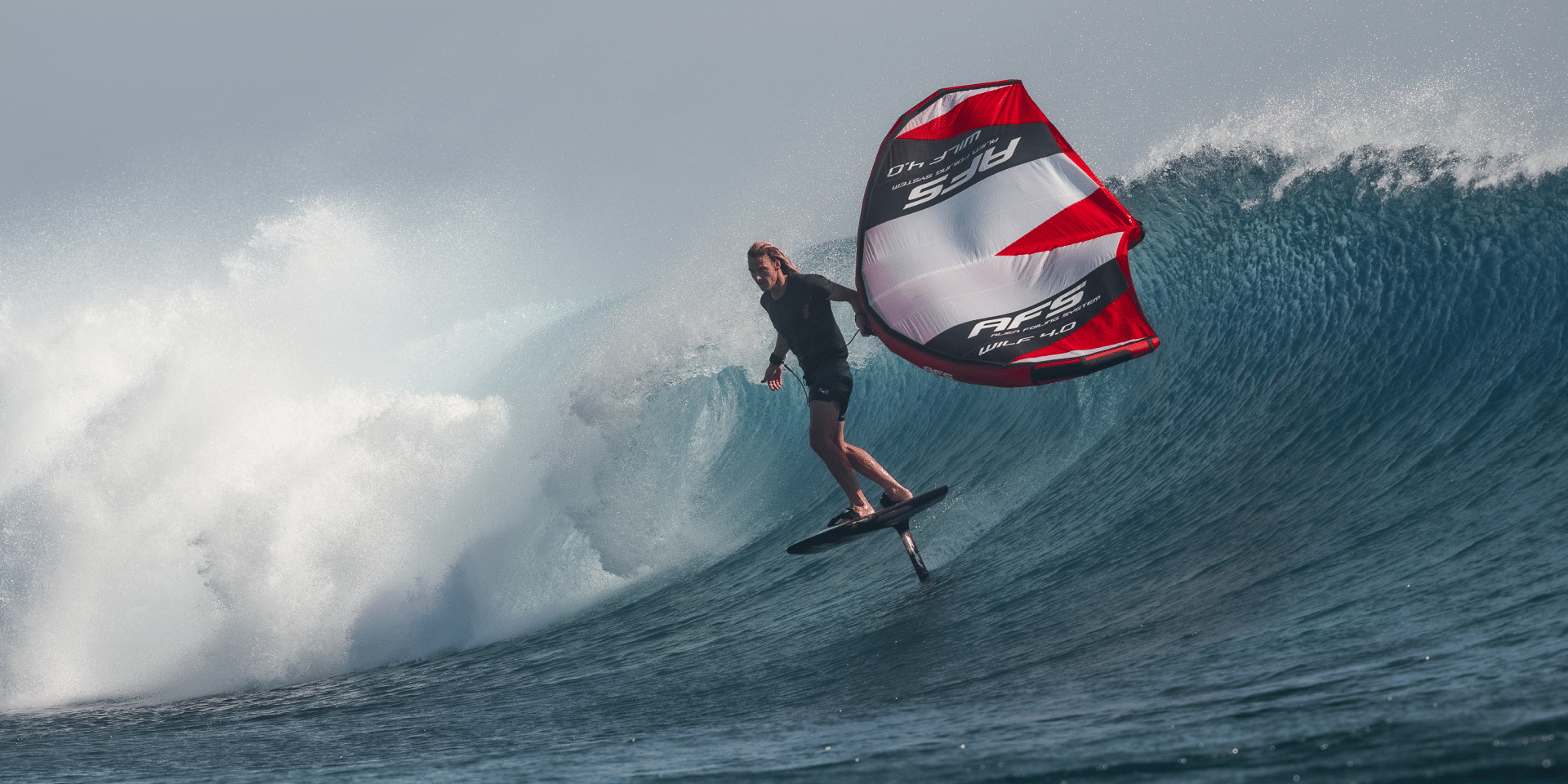
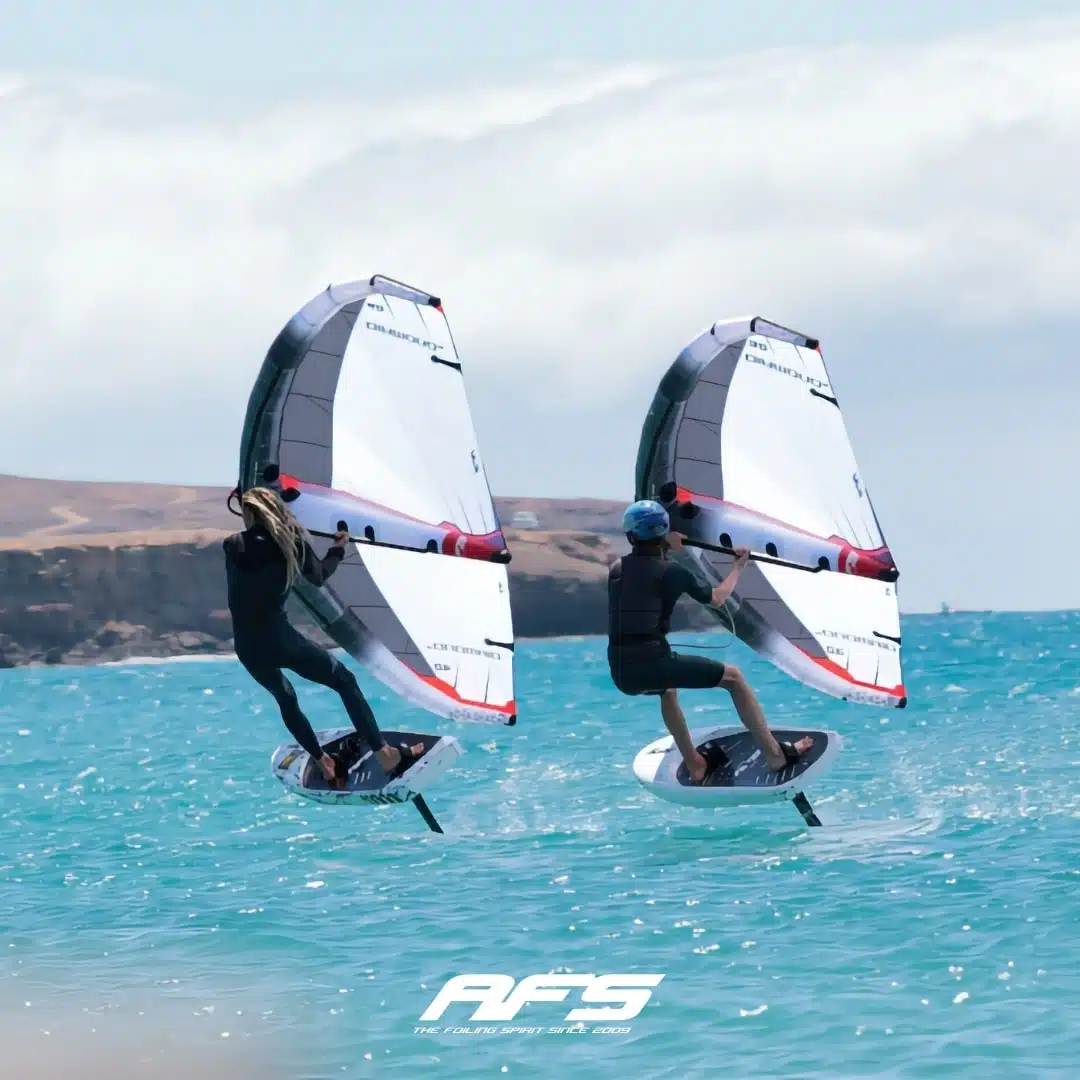
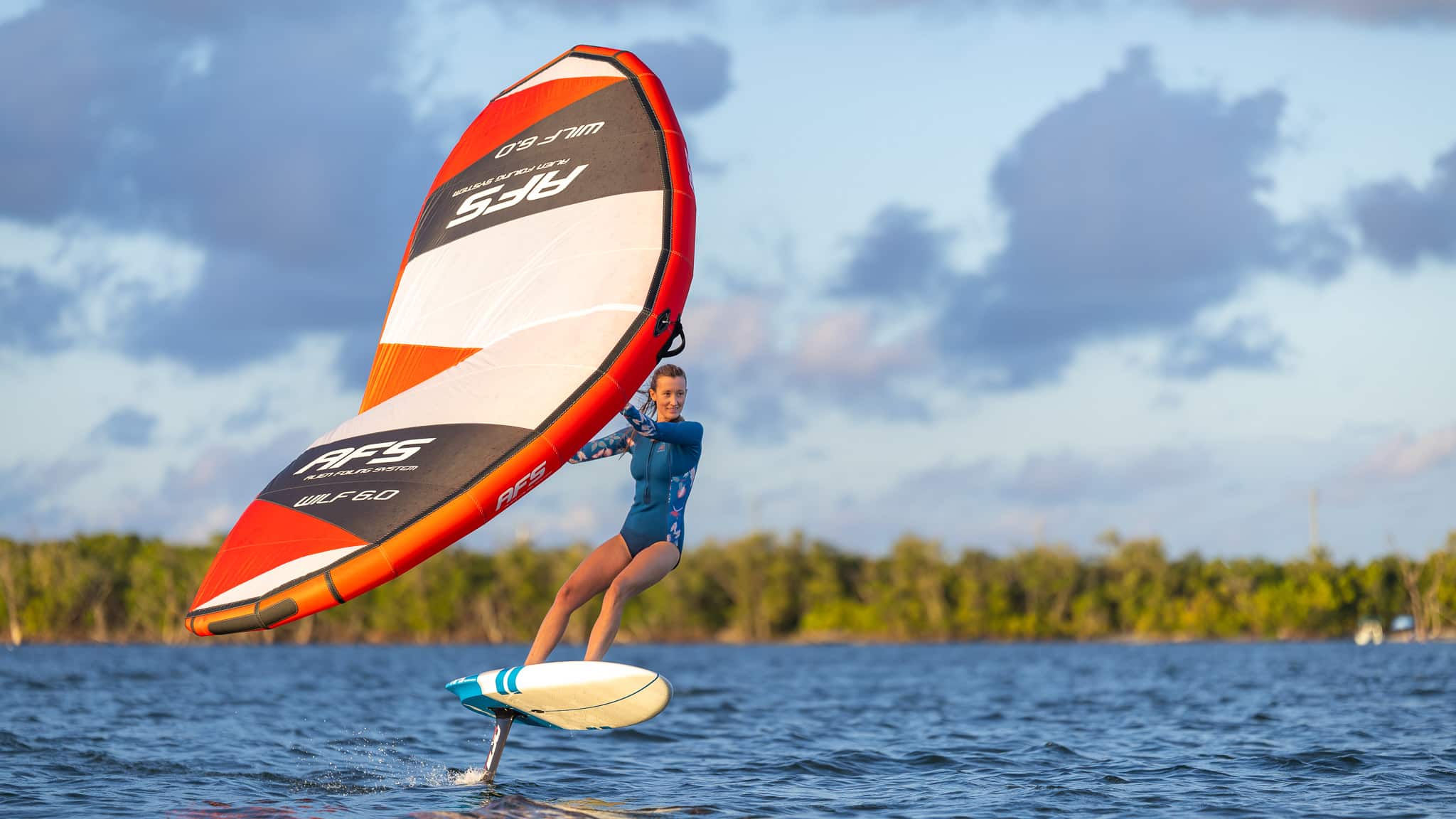

You will receive a product in excellent condition, with a few minor scratches from use.
Your product may have a few minor scratches or visual defects, but it's ready to take to the water again!
Despite deeper scratches or more pronounced visual defects, your product can take to the sea without hesitation: at this price, it's a shame to miss out!